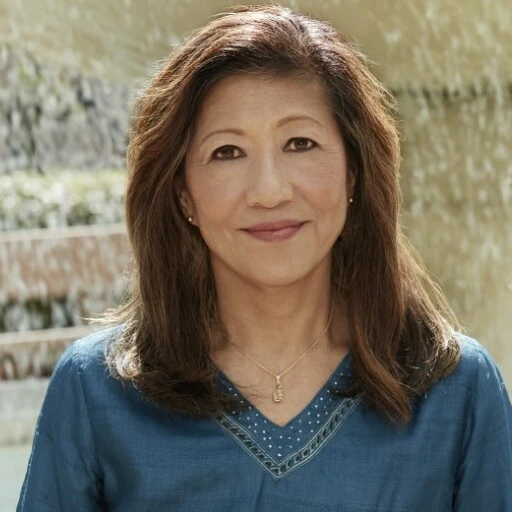Kayoko Mitsumatsu, a woman of action, decided to turn gratitude into action. Inspired by the transformative power of micro-loans, she envisioned a global movement where yoga practitioners could express their thanks by supporting underserved women and children in India. That’s how Yoga Gives Back (YGB) was born. Let’s dive deep to learn more about her and YGB.
Yoga. This Sanskrit word meaning “union” has transformed millions of lives, bringing strength, flexibility, and inner peace.
But for Kayoko Mitsumatsu, its ripple effects extend far beyond that.
For decades, she thrived in the fast-paced world of documentary filmmaking. But as she delved deeper into her yoga practice, a new calling emerged. She felt a deep sense of gratitude for the benefits yoga brought her, and a powerful urge to give back, especially to the birthplace of yoga – India.
This potential led her to translate the philosophy of yoga into a global movement of giving back. As a result, Yoga Gives Back was born in 2017.
We at IMPAAKT connected with Kayoko to learn more about her journey and how Yoga Gives Back is empowering India’s women and children, creating sustainable lives.
Here are the excerpts from the interview:
What motivated you to transition from a successful career in television to founding Yoga Gives Back?
Seventeen years ago, I started daily yoga practice and felt the strong inner calling to give back for the benefit I was receiving from this ancient tradition of YOGA from India. I was 47, and I felt I had worked enough in documentary filmmaking for three decades and it was not my life mission. During those days, I was making a documentary about micro-financing and learned how $15 can help the poorest person in developing countries. I learned that 6 billion dollars was spent on YOGA per year in the US alone, while 75% of the population in India still lived under the poverty line, earning $2 a day. It was so lopsided. I realized that “for the cost of yoga class in the West, you can change a life in India with microfinancing.” I started sharing an idea of engaging yoga practitioners to give back just one class fee and everyone supported the idea right away, to my surprise. Apparently, many yoga communities were already looking for an opportunity to give back but there was no organized charity in the yoga community that focused on giving back to India to express our gratitude. This was how Yoga Gives Back (YGB) was born from a yoga studio in Los Angeles. Today, this movement of gratitude has now spread to 30 countries worldwide, empowering more than 3000 women and children with micro-loan and education programs annually.
You’ve lived in many places throughout your life. How have these experiences shaped your perspective on the world and your work with Yoga Gives Back?
My first experience outside of Japan was in Australia which left me one of the strongest impressions in my life at the age of 17. Growing up in Japan as a girl, I always wondered why my parents’ expectations were different for my brother and me. As a daughter, I was expected to wash dishes and help with my mother’s household chores, as well as changing schools every time my father’s business required relocation. My brother on the other hand did not have to do the same house chores and he never joined our relocation so he could continue the same elite education since elementary school. This was a fundamental question and frustration in my mind which was never answered properly because I was a girl. When I had an opportunity to live with families in Australia, I was so excited to witness how sons and daughters shared an equal amount of household chores to help parents. This was a life-changing experience for me. My deepest question in life was answered and I was right though nobody admitted it until then. Gender should not dictate who does household chores or who needs the best education. This was a life-changing experience for me because it gave me confidence that my fundamental questions were not irrelevant. Different values exist in other cultures beyond Japan, and this discovery truly enlightened me about the reality of the world that existed beyond Japan’s boundaries. Today, as a leader of a global campaign at Yoga Gives Back, it is one of my biggest responsibilities to work with yoga teachers and communities from around the world as well as partnering with NGOs (non-governmental organizations) in India. My early eye-opening experience in Australia taught me that different cultures exist with different values and customs whether good or bad. This conviction helps me to listen and learn from people from around the world and not to be judgmental about differences but rather appreciate differences and learn from them.
You have been filming real stories for over a decade. Is there a particular story of a Yoga Gives Back recipient that has stayed with you the most? Why?
In 2007, I met Guruprasad, a fifteen-year-old Indian boy in a poor neighbourhood, on the outskirts of bubbly Bangalore, India’s IT capital, during my first trip to India. His mother Jayashree just received micro-loans and shared her dream of giving her sons a good education. She only had elementary education due to her family’s poverty. I started filming this family’s story to follow Jayashree’s life with an economic opportunity with micro-loans to end the vicious cycle of poverty. However, as I returned to visit this family every year, it became evident that Guruprasad’s desire to become a doctor was beyond average. It was his mother’s dream and he also wanted to help his poor family and community that had no medical facilities. Witnessing his determination for his higher education to become a doctor, YGB decided to fund his education until he became a doctor. He continued to beat all odds, entered medical college, and advanced to a master’s degree to become a dental oncological surgeon. I was speechless in 2019 when he told me, “I am a seed. Yoga Gives Back is water. You watered this seed to grow into a tree. Now this tree can shelter thousands of people thanks to Yoga Gives Back’s support.” Coming from such a humble background, yet always holding a highly spiritual standard, Guruprasad has taught me so much about dedication to reach his life goals with altruistic motives. His success with higher education also inspired us to create our SHE (Scholarship for Higher Education) which now funds 440 disadvantaged youths with five-year scholarships so they can aim to get college degrees. We are now seeing hundreds of Guruprasad’s prodigies in the world, who are becoming change-makers in the communities.
Running a global organization comes with its own challenges. What has been the most rewarding aspect of Yoga Gives Back for you? On the flip side, what has been the biggest challenge?
The most rewarding aspect of YGB’s work is to be able to connect with yoga practitioners from around the world who believe in our mission of giving back with gratitude. YGB’s work engages the most wonderful human beings, like-minded brothers and sisters, most of whom I only met online or through emails. I am really blessed to have this incredibly powerful global community behind our mission which I never knew we could build when I started YGB. Of course, another equally rewarding aspect is the impact of this global community’s support on India. We are providing life-changing opportunities for thousands of lives in India with whom we became one big family, and we meet every year. The biggest challenge is how to convey our mission in a most sensitive way so that it does not come across as a “white savior.” We are creating a unique movement of gratitude within the global yoga community that ultimately helps transform the lives of thousands of underserved women and children in India, whose lives suffer from tremendous socio-economic hardship and gender gap. To find an authentic balance to express our message without being labelled as colonialism is a very important element of our work as our goal is simply to give back with gratitude to the motherland of yoga.
Your background in documentary filmmaking is impressive. How did your experience filming for NHK inform your approach to filming the Yoga Gives Back stories?
As a documentary filmmaker for 30 years, I have learned a few important lessons. First, to listen to people’s voices without judgement, let them share their truth. Second, observe what is happening in front of my eyes even if it contradicts my presumptions. Last but not least, be responsible for the relationship with individuals beyond filming. This was one of the biggest lessons I learned while working for NHK, national public television. Our goal is to put a program on the air on a certain date and time. After the broadcast, I often felt guilty that all the effort was put in the name of broadcasting and not ultimately to advocate issues or care about somebody’s struggles. I felt guilty as it felt I was exploiting subjects, no matter how genuine my intentions were and how much I believed that sharing a particular story was important public information work as advocacy. Now working for YGB, I feel my work is whole. This is my lifework, and I am putting 100% energy every minute. We are doing all our best to grow this unique movement of giving back with gratitude that has no deadline or schedule. My goal is to grow this work to be eternal.
How can yoga studios and individual yoga instructors get involved with Yoga Gives Back and make a difference?
Any yoga practitioner whether teacher, student or business owner can take part in YGB’s work by hosting one class to raise awareness and funds with their communities, as well as becoming our “Gratitude Circle” monthly donors with as little as $15. This is the first step I want every beneficiary of yoga, 300 million in the world, to take as a way to express gratitude for this tremendous gift we have received. For yoga teachers, we also invite them to become a YGB Global Ambassador to lead this campaign with their communities and get more involved with strategic planning as well. Our 150 Ambassadors are our true superpowers to grow this global campaign. We are blessed to have top teachers around the world, and it keeps growing. Yoga students can also become our volunteers locally to help organize an event or simply reach out to studios and teachers to host a class. The yoga business is estimated to raise $200 billion by 2030. I urge yoga-related business owners to join us to make a difference as corporate sponsors with a fixed contribution annually or donate a portion to YGB. We are always open to discussing any new ideas of collaboration.
Yoga Gives Back has reached 30 countries. What are your hopes for the organization’s future?
I would like to establish YGB’s local chapters in the major US cities as well as more countries such as Canada, Brazil, China, Hong Kong, Italy, Japan, Singapore, UAE, UK. Local chapters can host their own Galas, Retreats and any other events to inspire local communities with gratitude. We have dedicated Ambassadors with incredibly powerful communities who can expand our mission in a manner that suits local needs and appeal, rather than creating cookie-cutter-style events like the ones led by me and YGB team at the Los Angeles headquarters. I envision this approach will seed our mission in the local community that will lead to eternal work of gratitude circulation of giving back.
What advice would you give to someone who is new to yoga and wants to experience the mind-body connection you describe?
First, we must make clear that yoga is not just a physical exercise (asana), which is only a small part of the practice. I learned that yoga’s ultimate goal is to be able to sit in meditation, go inward to calm your mind, and ultimately realize the connection between our small self and divine self. The body is our temple to keep us in good shape so we can serve others, whether our family, friends, neighbours, or pets. After 17 years, I am still practicing yoga daily whether asana or meditation to reach that goal. I think, that to experience mind-body connection, we need to continue our practice diligently with patience, as it is a life-long journey, and nothing happens overnight. If anything, I can now really feel the connection between breathing and mind which might be the first step towards mind-body connection. I am still on my journey!
More about Kayoko Mitsumatsu
Prior to co-founding YGB, Kayoko Mitsumatsu, was a seasoned producer and director. She honed her craft with NHK, Japan’s National Public Broadcaster, where she spearheaded prime-time current affairs and documentary programs. Her global perspective is shaped by her diverse living experiences in Australia, Brazil, the United Kingdom, and the United States. Driven by a profound belief in documentary filmmaking’s power to connect cultures and amplify unheard voices, Kayoko founded YGB Films. For over a decade, she has dedicated herself to capturing the compelling stories of Yoga Gives Back’s fund recipients in India. Her films reveal the stark realities faced by underserved women and children, while also showcasing the transformative impact of Yoga Gives Back’s global community support. Through her lens, she brings to light the resilience and hope that flourish amid adversity, making an indelible mark on countless lives.
Via IMPAAKT is a global B2B business magazine that recognizes best companies, best practices and best leaders!
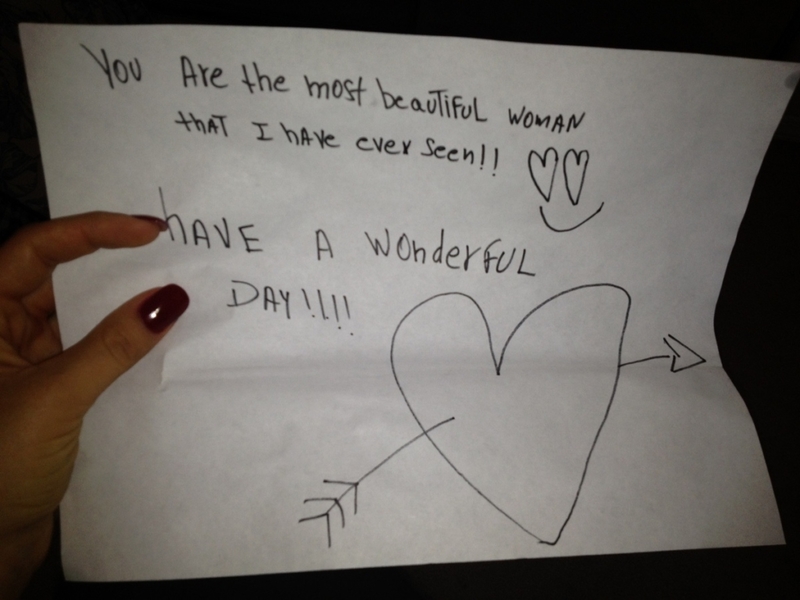 Reddit.com/pamaci
Reddit.com/pamaci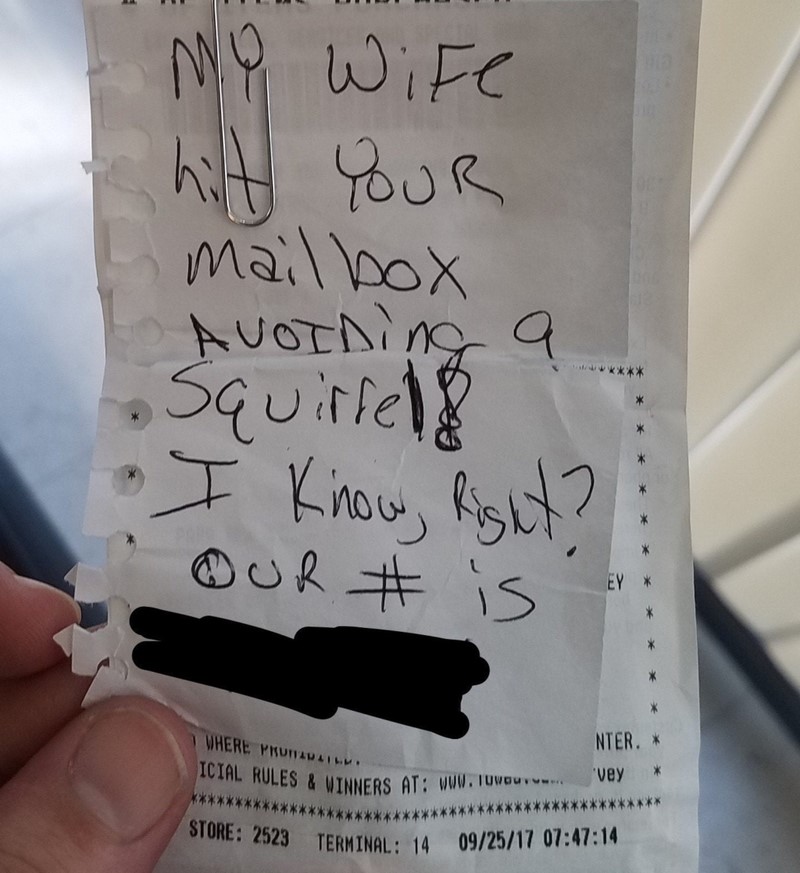 Imgur.com/LukeDarkwater
Imgur.com/LukeDarkwater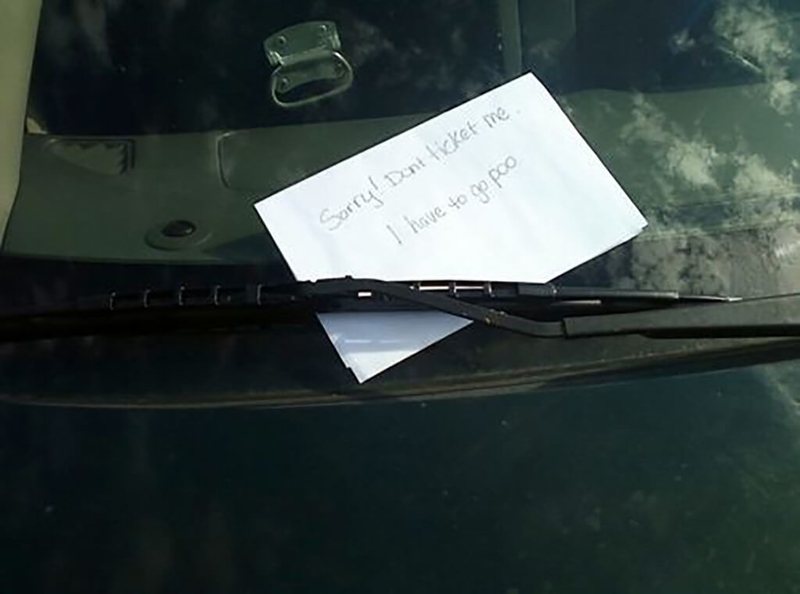 Imgur.com/Calypsos
Imgur.com/Calypsos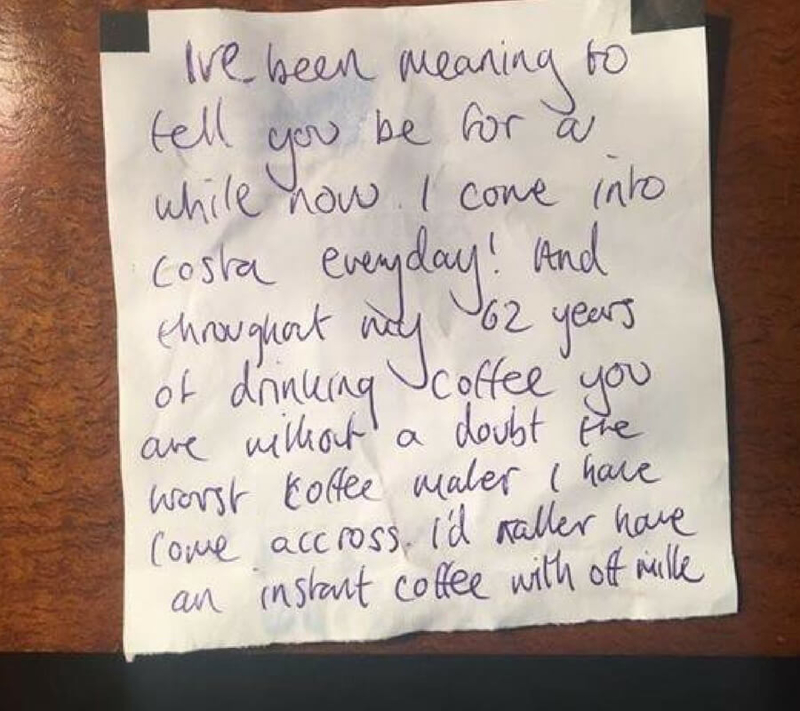 Imgur.com/E7dTDMB
Imgur.com/E7dTDMB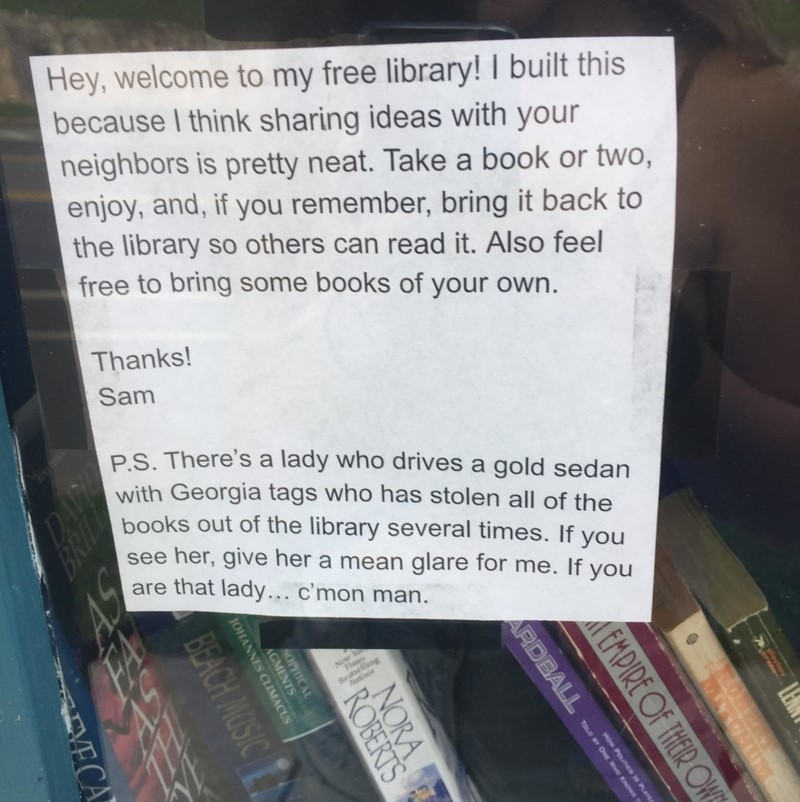 Imgur.com/OctopussSevenTwo
Imgur.com/OctopussSevenTwo Imgur.com/Calypsos
Imgur.com/Calypsos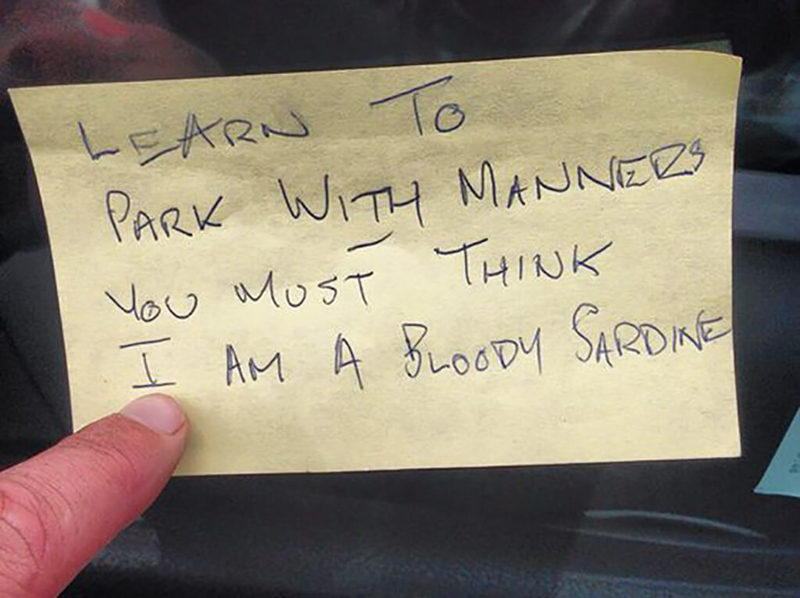 Imgur.com/PutADonkOnIt
Imgur.com/PutADonkOnIt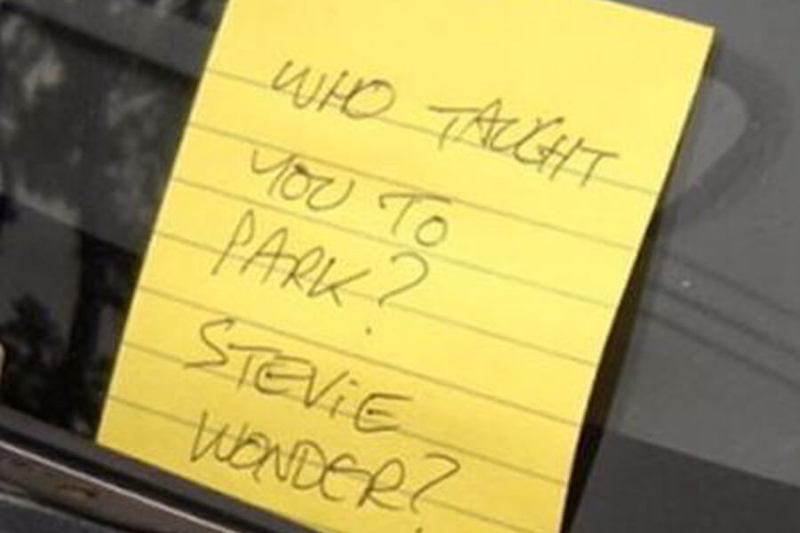 Imgur.com/kDupD
Imgur.com/kDupD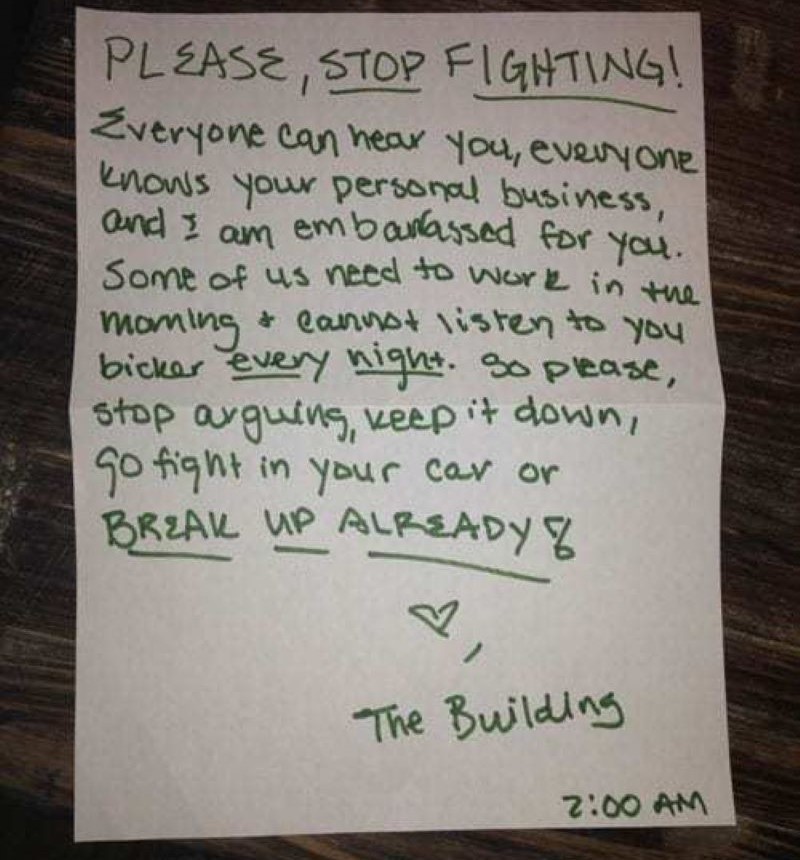 Reddit.com/HDerrick
Reddit.com/HDerrick



